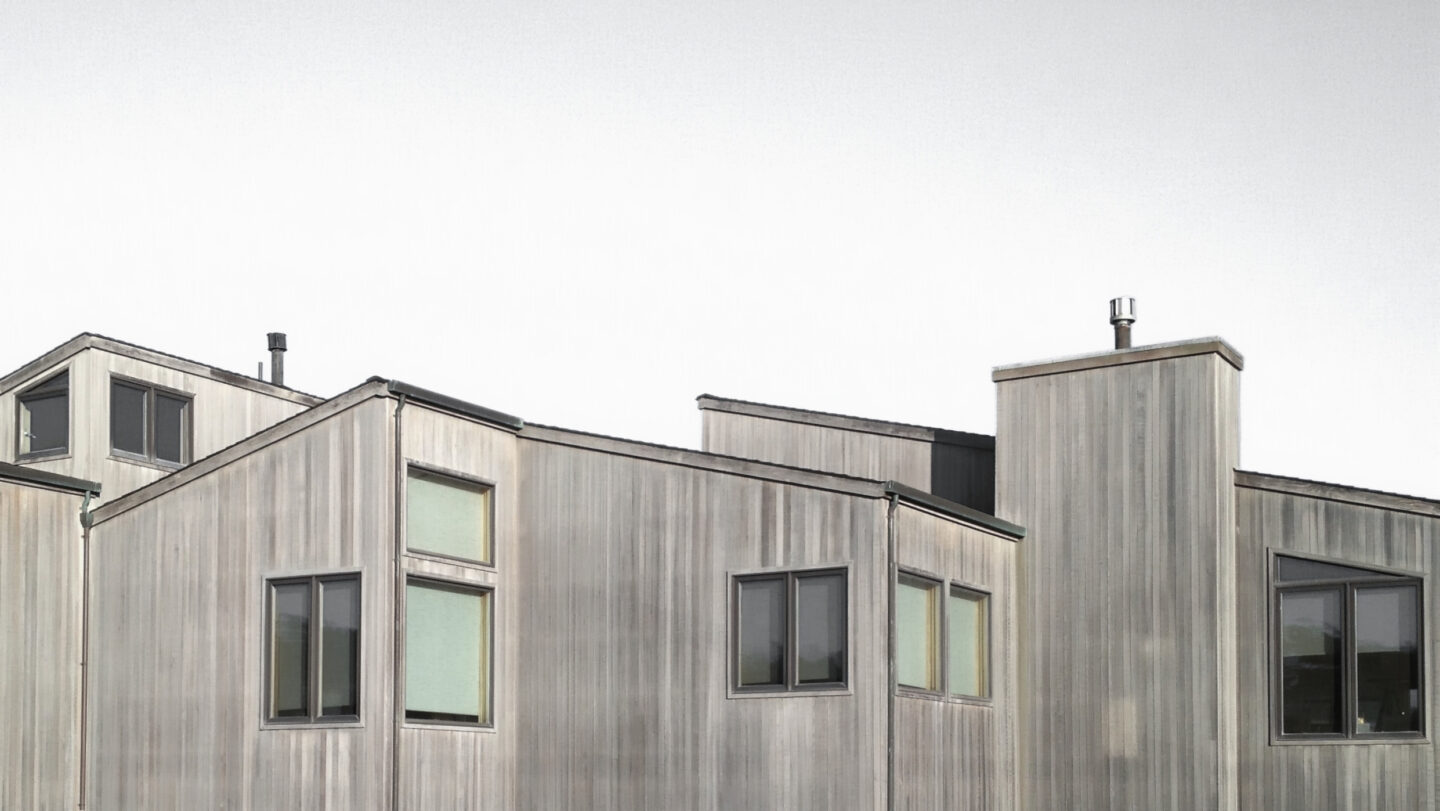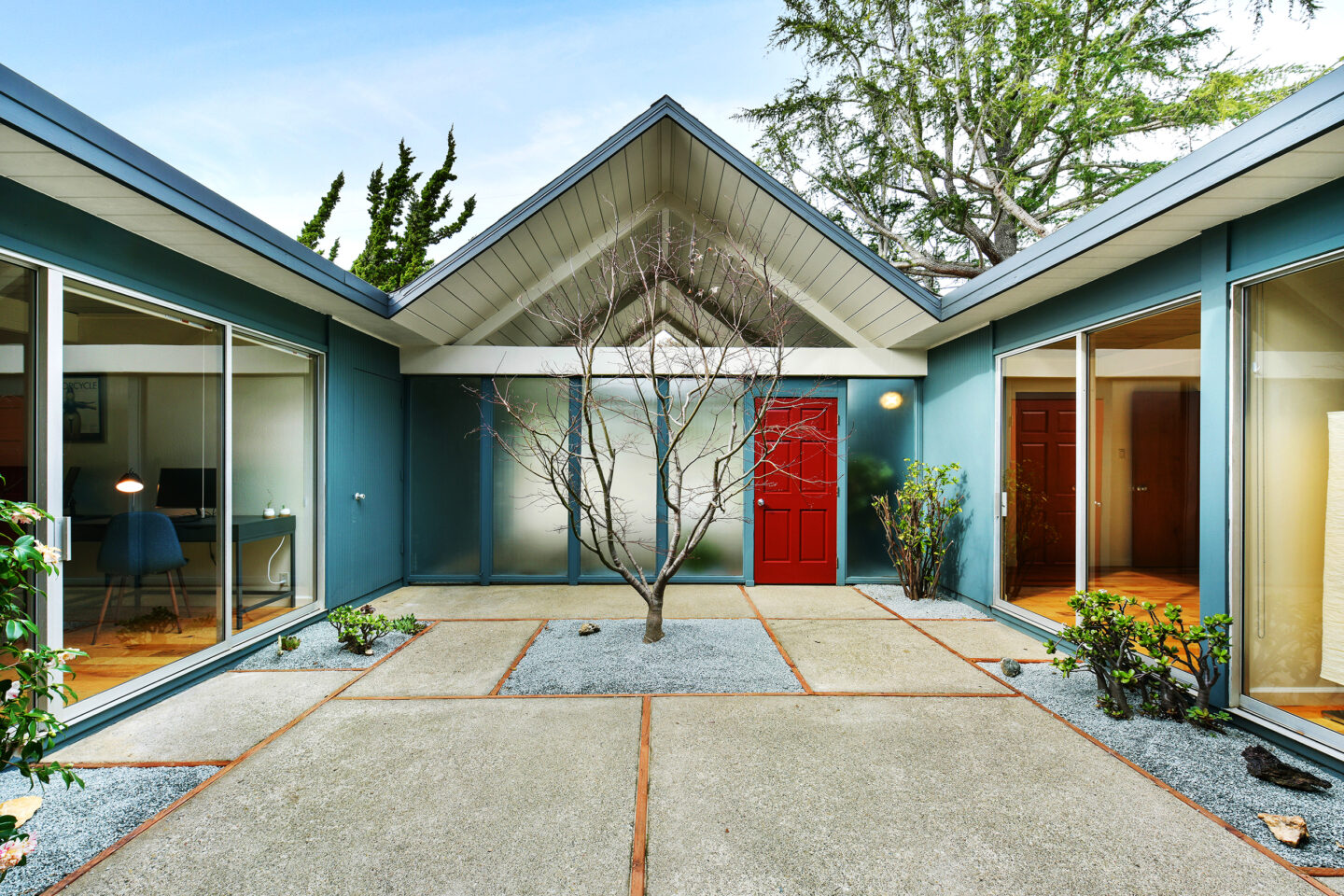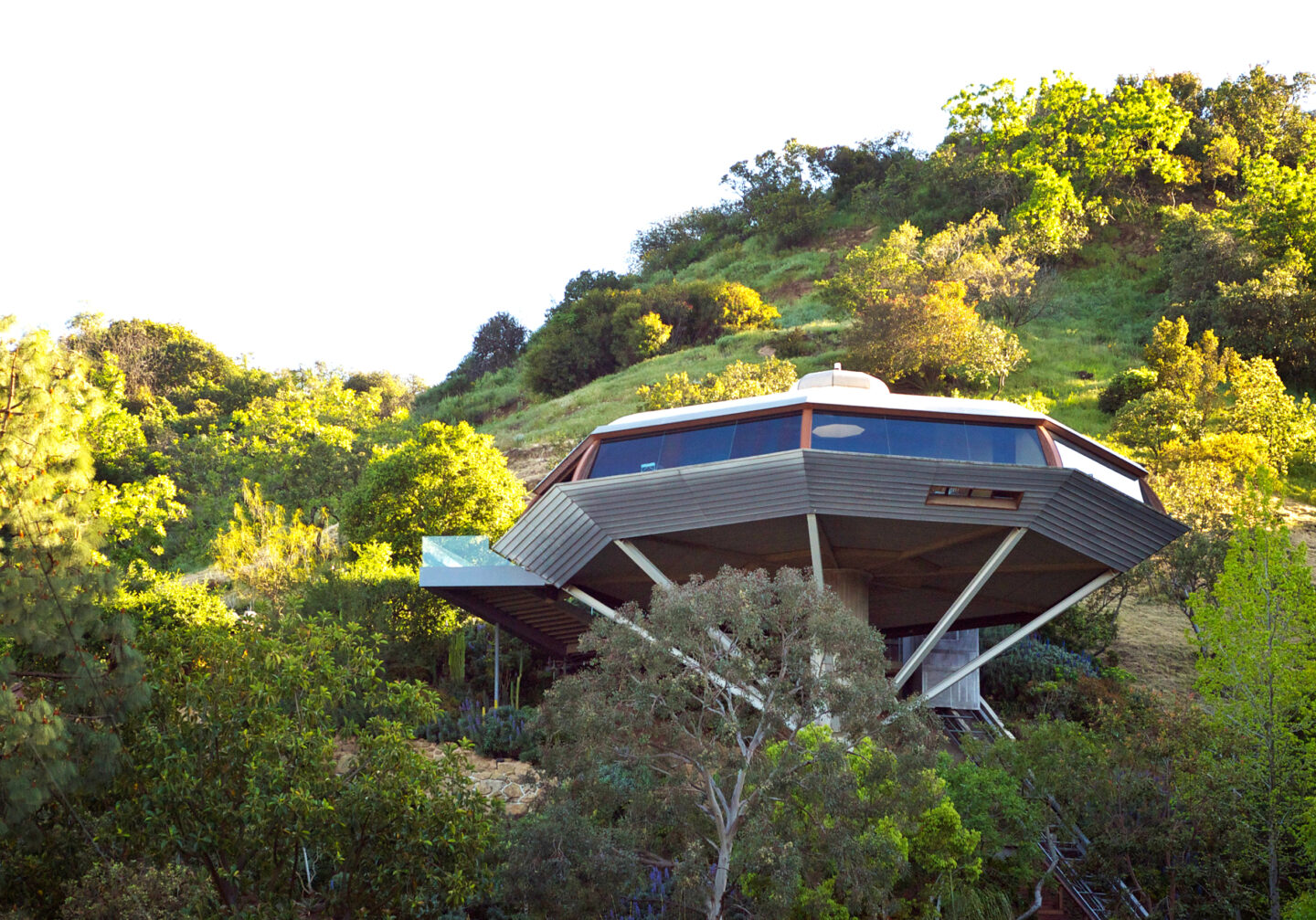The Stahl House in the Hollywood Hills. (mbtrama/CC BY 2.0)
How California’s architectural traditions evolved
East Coast — ivy-covered brick, formal spaces, brownstone stoops. West Coast — walls of windows, pergolas, outdoor rooms. California not only thinks different than other places, it looks different.
While the state’s design aesthetic is no one thing — formed as it is by a diverse collection of actors — certain themes appear. Simon Sadler, a professor of design at U.C. Davis, has described a “culture of connection” expressed in works like the Golden Gate Bridge, Pacific Coast Highway, and the open style of typical California homes.
If some architectural traditions treat structures as objects, California design, Sadler argues, is preoccupied with creating relationships. It’s active. It aims less to draw attention to itself than to attune to a living whole. We don’t do monuments, Sadler says. “We do nodes.”
Or as the California architect William Wurster memorably put it: “Architecture is for life and pleasure and work and for people. The picture frame, not the picture.”
It’s a sensibility that has increasingly spilled across state lines with the ascendance of the California brand, notably in technology. Look around the world, the late historian Kevin Starr once told me. “Places like New Zealand, Australia, Argentina — they are all beginning to increasingly look like California.”
Below, structures in Sea Ranch, Palo Alto, and Los Angeles.



This article is from the California Sun, a newsletter that delivers must-read stories to your inbox each morning . Sign up here.
Get your daily dose of the Golden State.